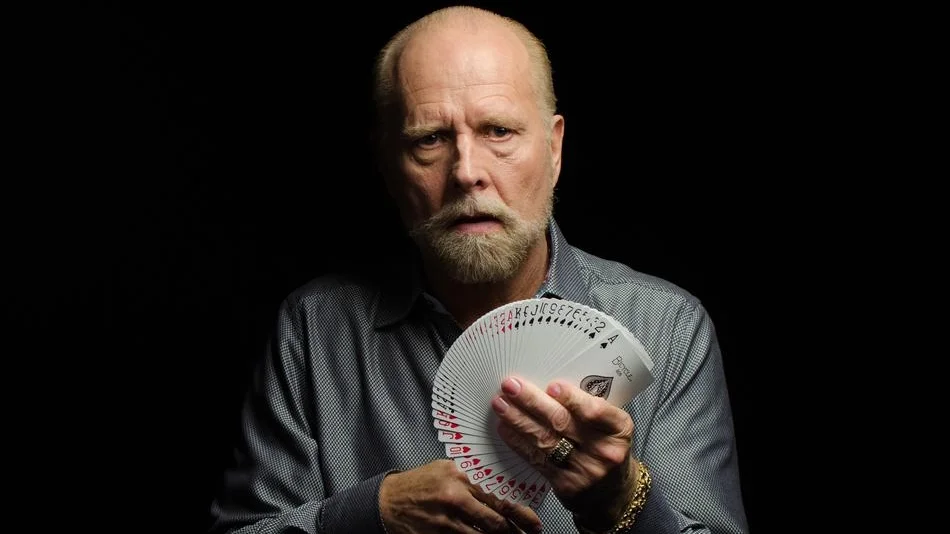SXSW 2017: The Blood is at the Doorstep
The Blood is at the Doorstep starts in the very recent past; a series of riots in the Milwaukee neighborhoods near where the Hamilton family has long called home. Nate, a community activist leader, and Maria, matriarch of the family, lead an effort the following day to clean up the neighborhood. The riots are in response to 24 months of tension in the wake of the police shooting and death of Dontre, Nate’s younger brother. The story backtracks to the day of the shooting, in the spring of 2014, where Dontre has been sleeping in a park and was approached by a police officer on a wellness check. The exchange that turned violent, most likely based on Dontre’s status as a paranoid schizophrenic, and the officer responded with 14 shots to the unarmed Dontre.
Inquests, inquiries and investigations put the Hamilton’s in a state of stasis, until the early fall, when their case comes to the attention of the burgeoning Black Lives Matter movement following the Ferguson riots in response to the shooting of Michael Brown. Tracing the Hamilton’s lives thru the increased public attention and growing activist movement, The Blood is at the Doorstep uses their experience to show the fits and starts of a movement and the turmoil of lives that took an unexpected turn after an unimaginable loss.
Erik Ljung’s craftily captures and interweaves two stories - the Hamilton’s response to their loss, and the growing pains of the Black Lives Matter movement. He does this by maintaining a focus on the Hamilton’s experience, such as Maria’s involvement with an early version of Mother’s of the Movement and Nate’s push from a hard working brother and father working multiple jobs to a community organizer battling to keep perspective on the questions surrounding his brother’s death. Ljung’s on the ground and in the moment capture of their lives is dynamically artful, elevating the material over newsreel or Vice-like journalism into narrative storytelling.
The only struggles with the storytelling are in early, Errol Morris like recreations of Dontre’s fatal encounter, and a commitment to impartiality that makes the words of Police Chief Ed Flynn feel extra antagonistic against the rest of this case. Flynn and the local police unions hostility toward each other feel unimportant except for the potential moral corruption they engage in to keep the officer involved in the shooting employed and protected; their early Blue Lives Matter shirts add fuel to some more Liberal viewers fire.
The Blood is at the Doorstep contextualizes and sets the record on the Black Lives Matter movement, while keeping the perspective of the Hamilton families personal experience and their push for accountability in the forefront of the story. Ljung hits many of the most important factors a documentarian can - the right story, the right place, and the right method for capturing them, and with a few growing pains in form, displays an impartial look at the divisive political movement. While The Blood is at the Doorstep misses some of the larger facts of American policing, it is still an invaluable weapon of empathy for families faced with the fact that those put in place to protect them have ripped their families apart.




